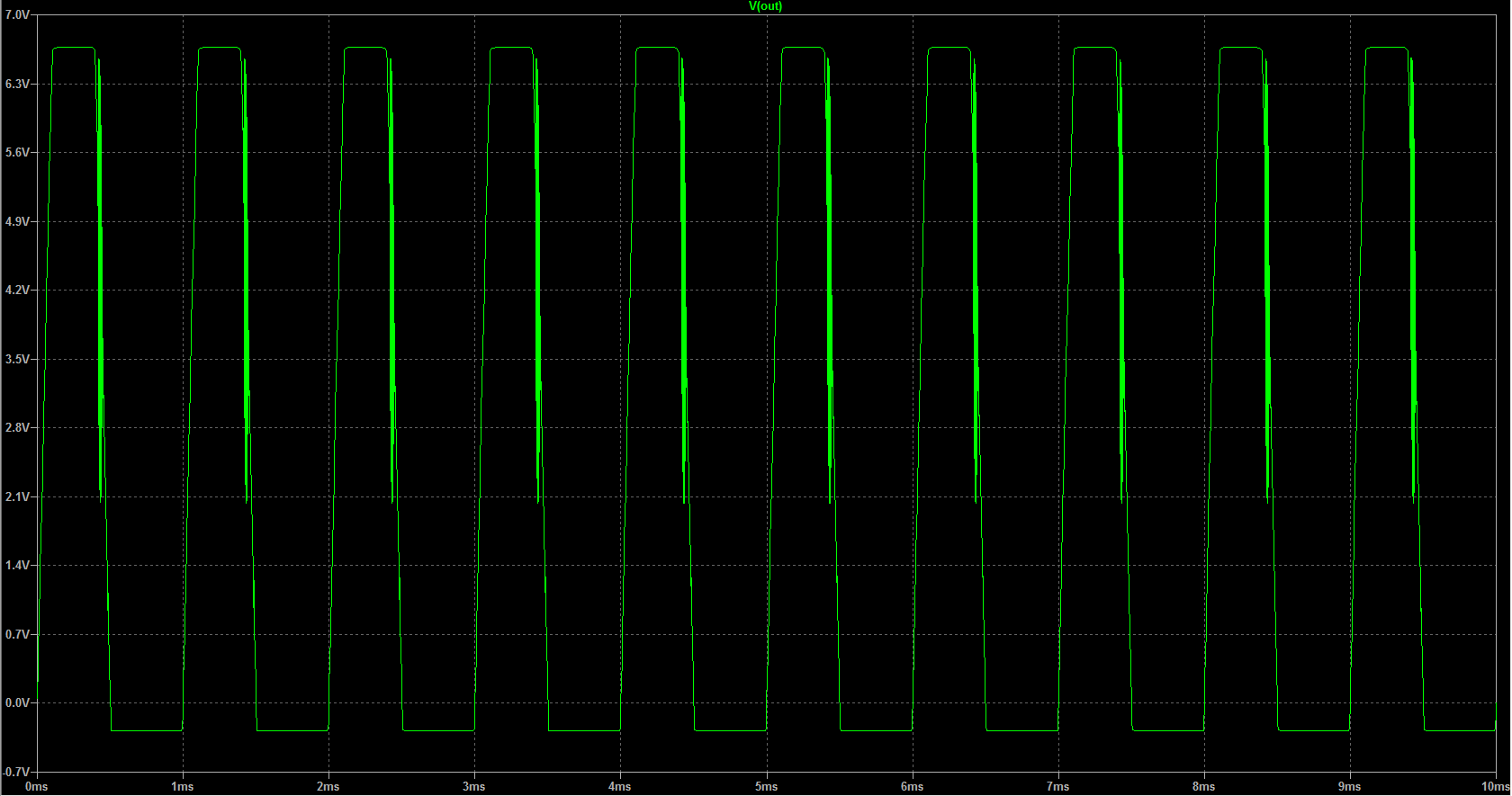There are lots of similar topics, but I can't find answer that will satisfy me. So, basically I am trying to do a transistor audio amplifier with dual voltage supply (+/-12V). I found circuit like this on some topic:
But it doesn't seems to work for me.
Here are LTspice circuit with Vout wavegraph:

Maybe anyone, knows where is the problem or can show me some simpler circuit with out differential transistor (maybe single transistor with push-pull output).
Best regards
Also, when I finally run this circuit, do You know how to rise the amplification of this circuit(?), for now it is like 30 V/V.
When I add a resistor that simulate speaker, the output waveform starts to get messy again and literally don't know why.





